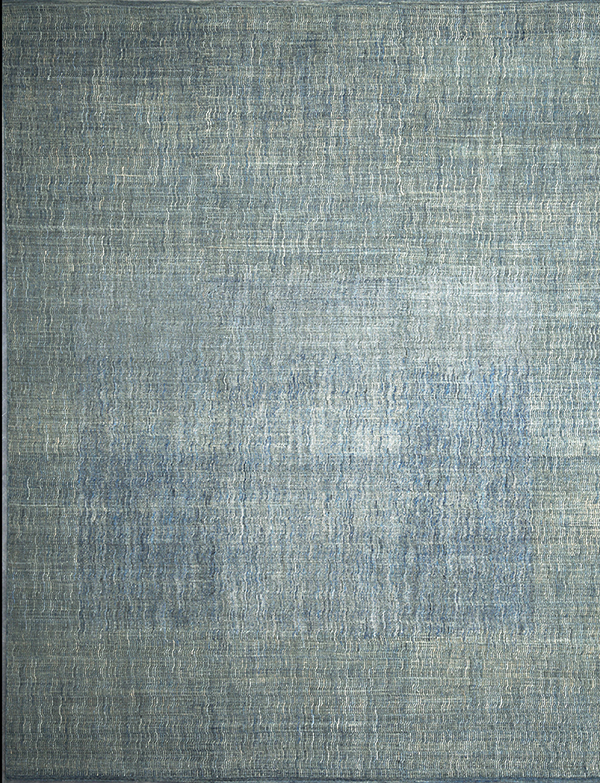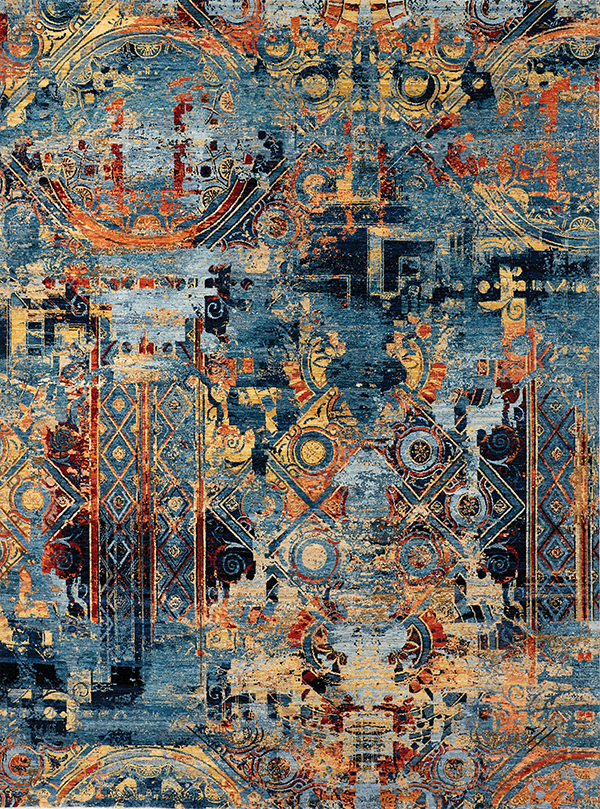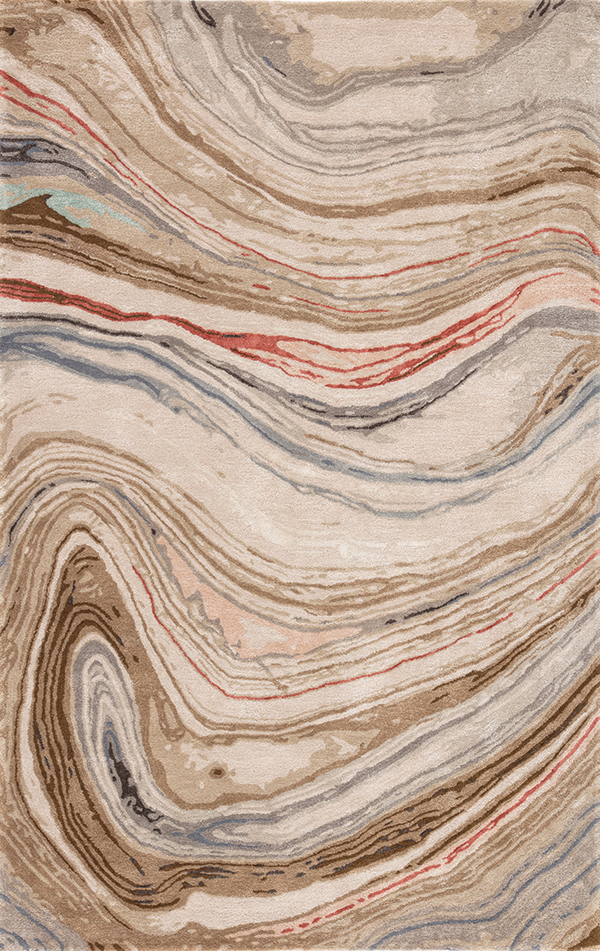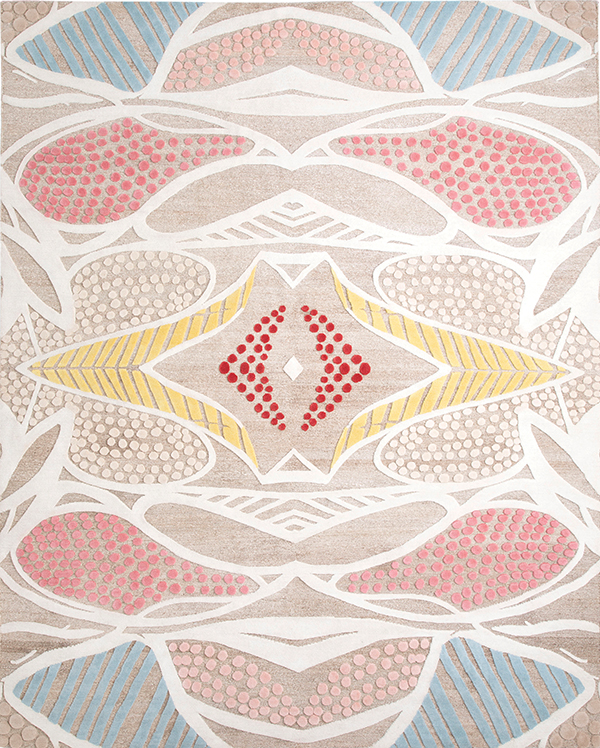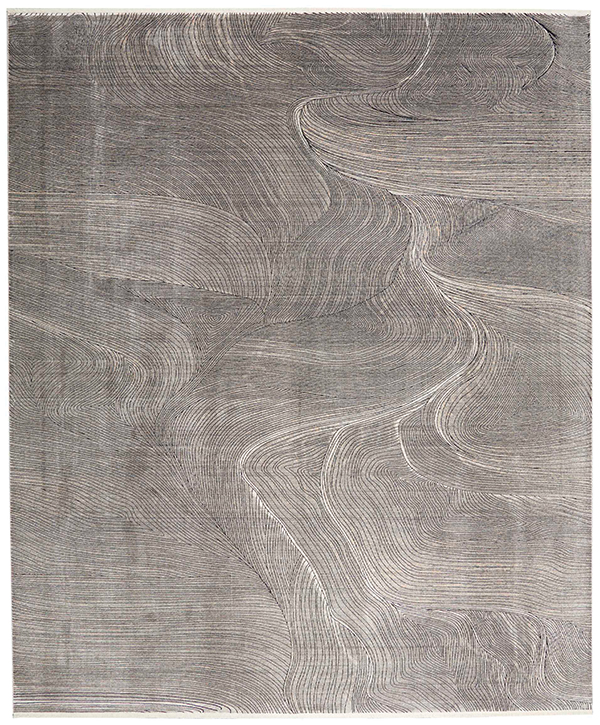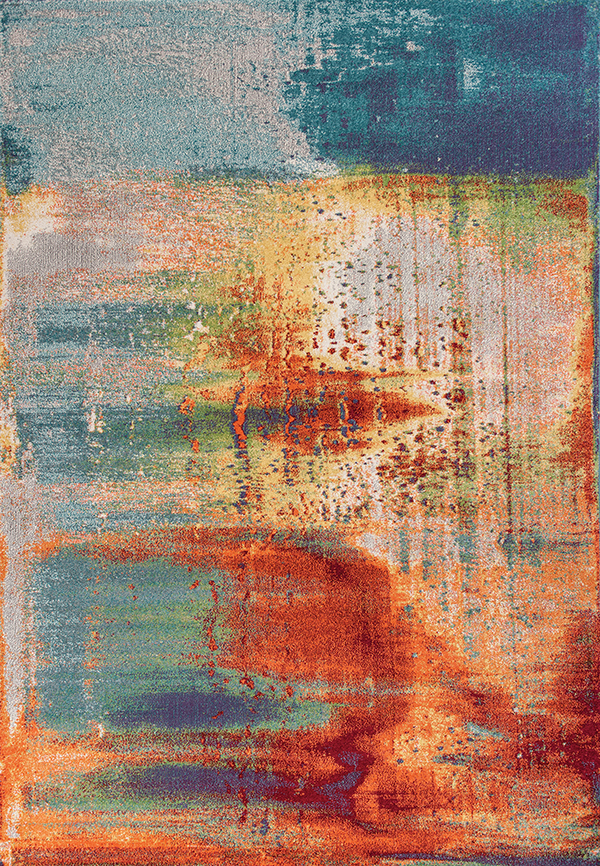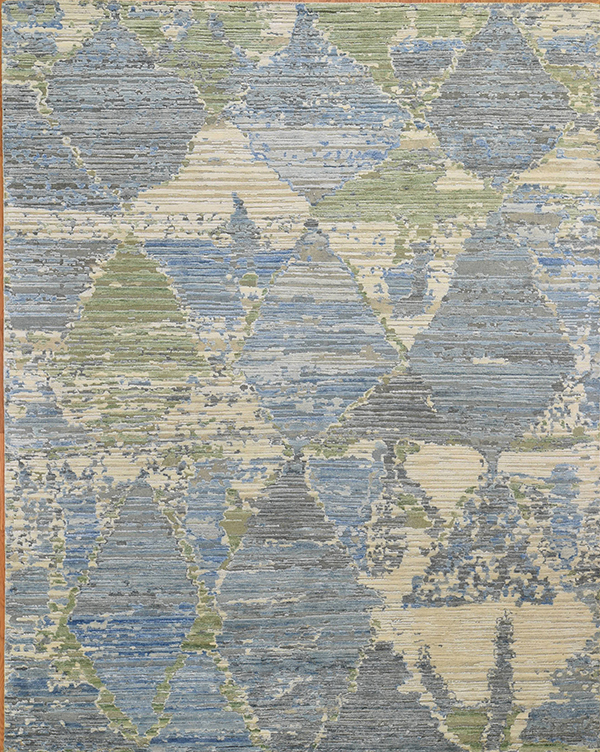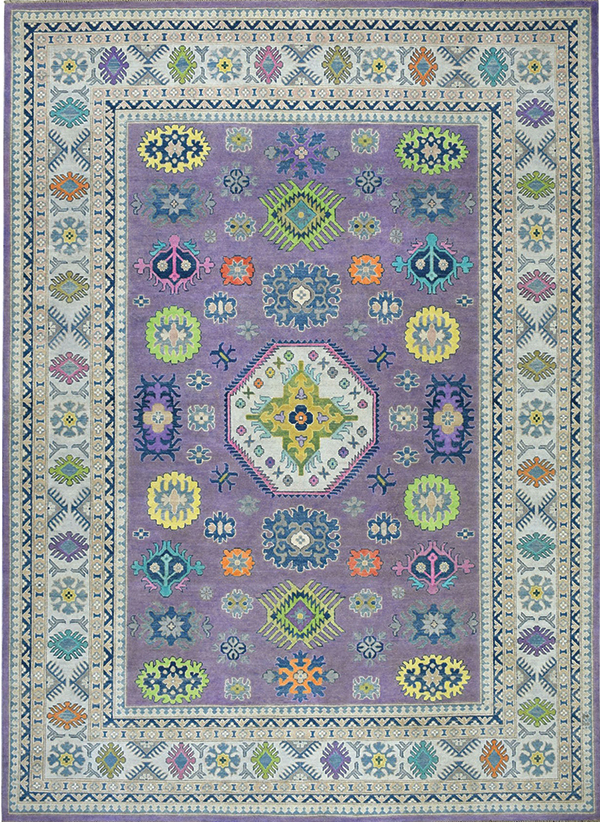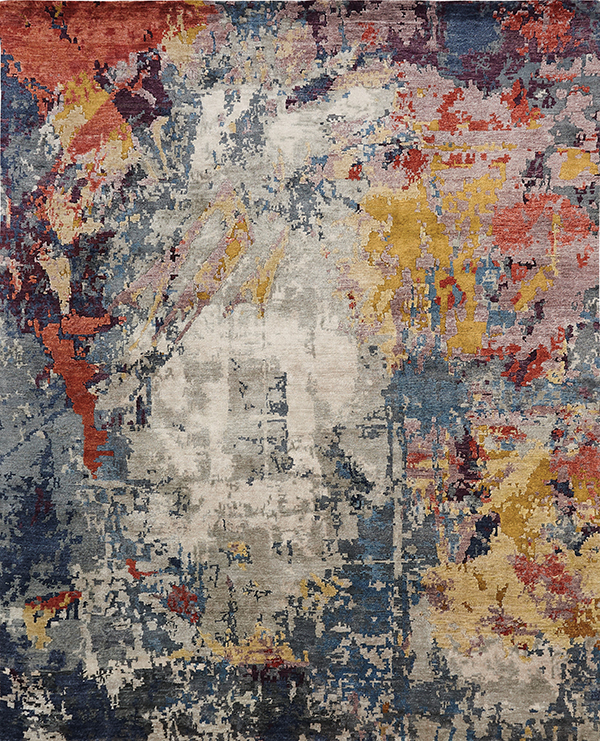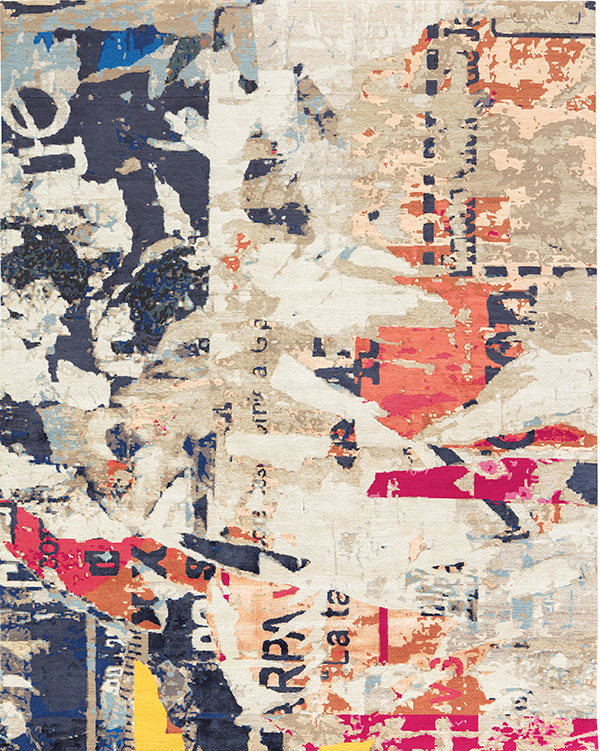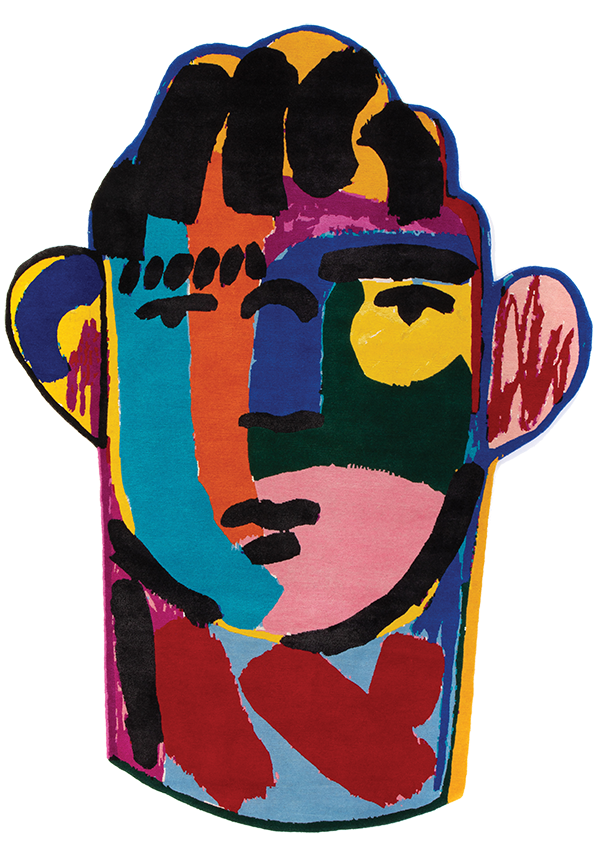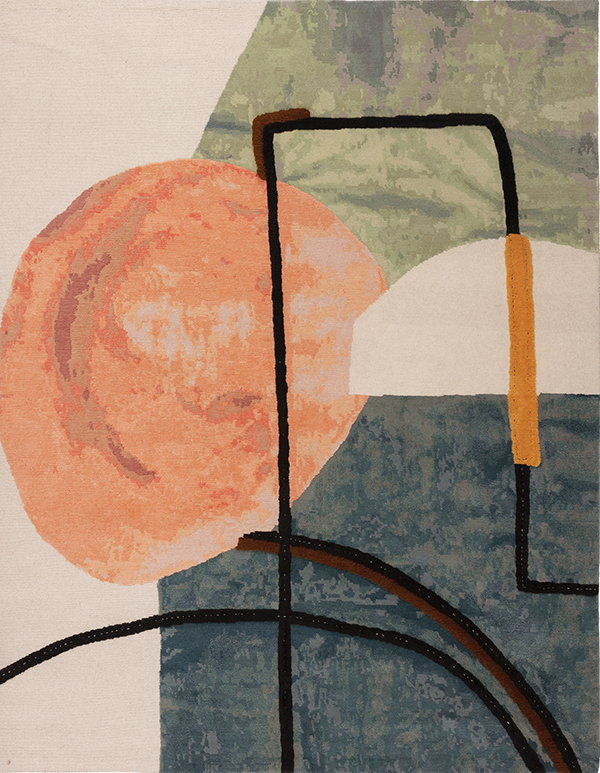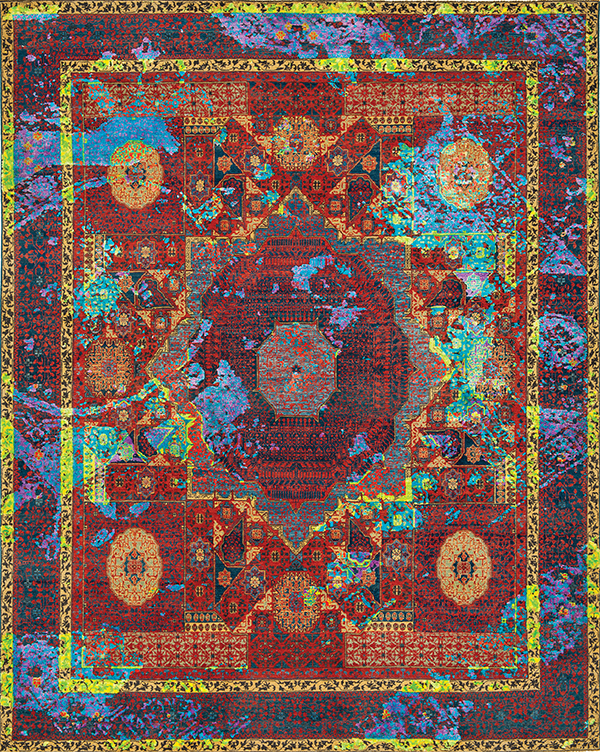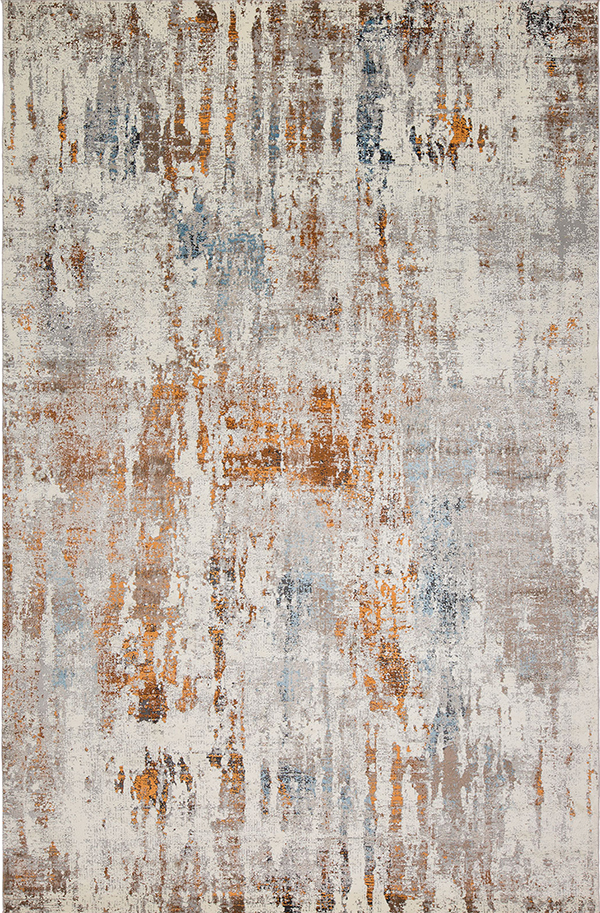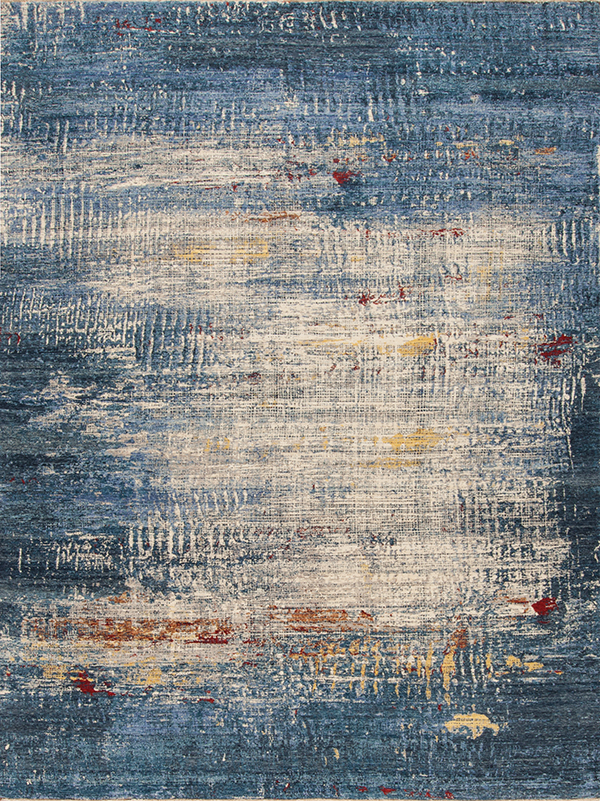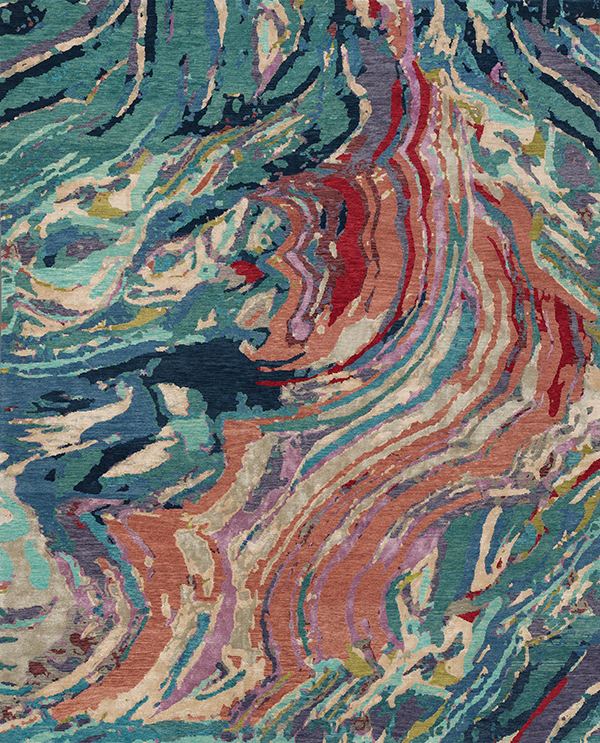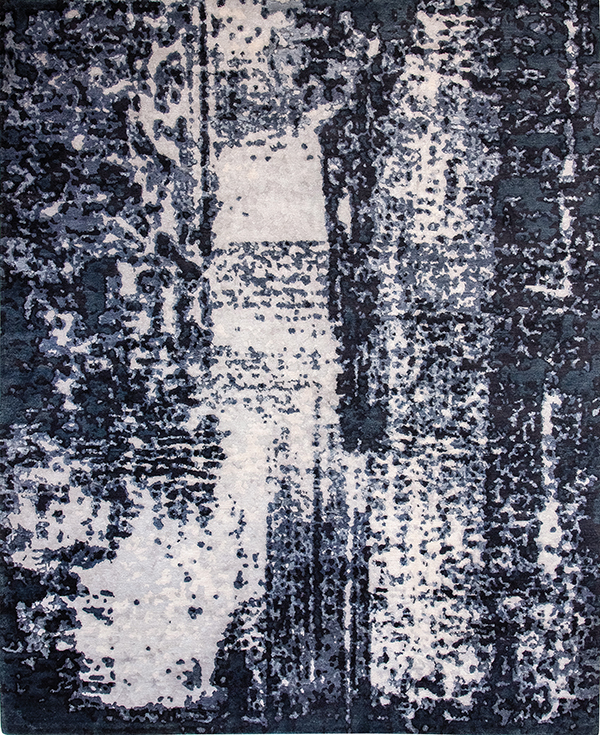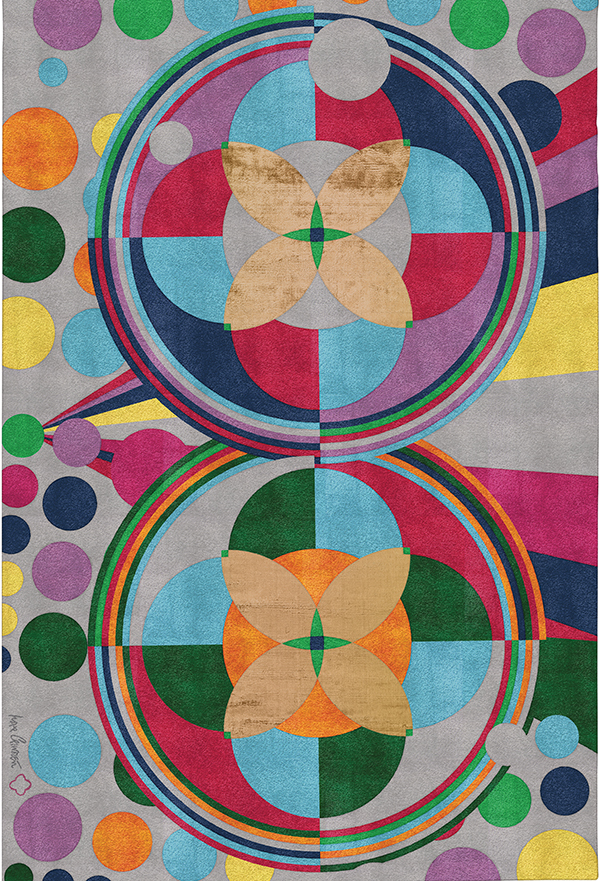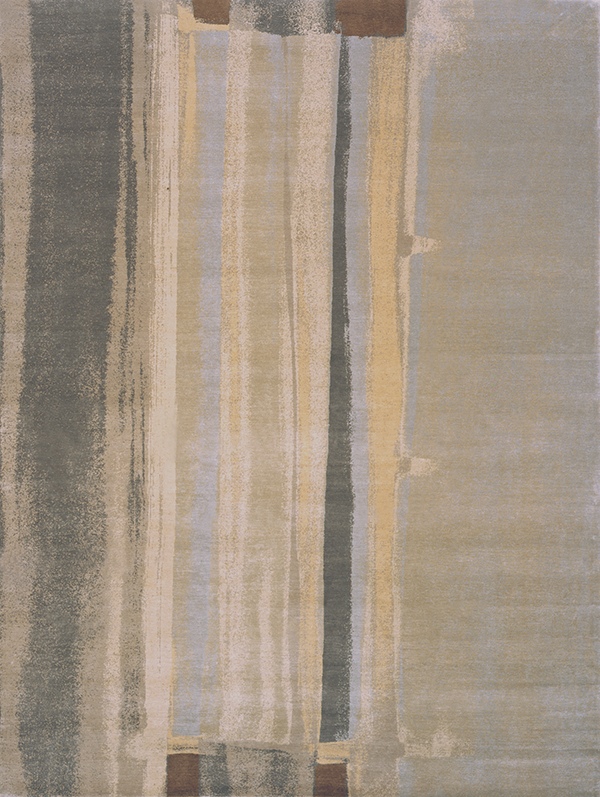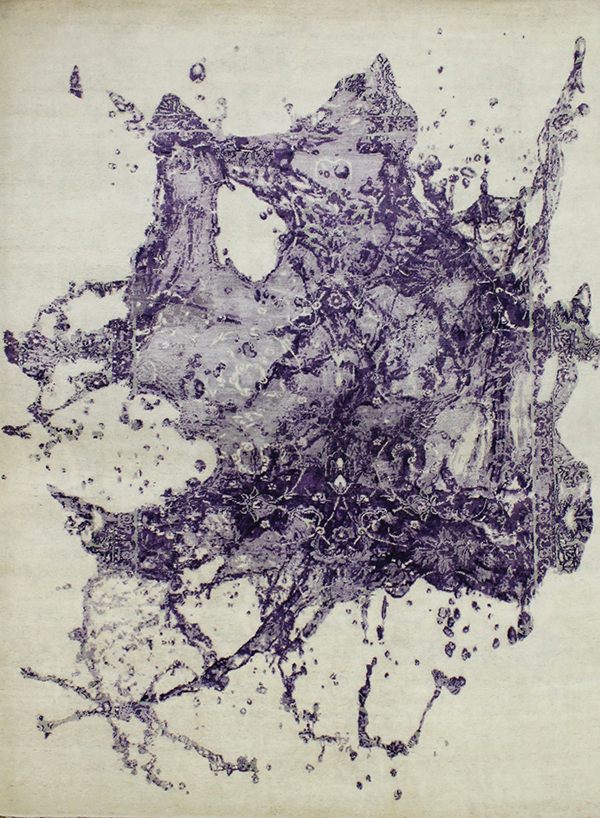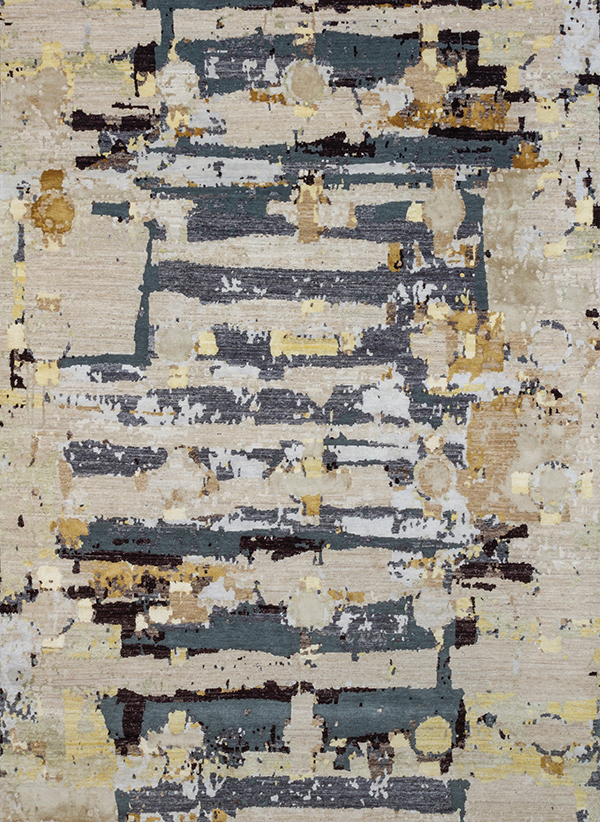Contemporary. In the context of decorative rugs and carpets what does the word even mean? Does it reference a genre? Or does it mean anything made today, in this era? Left intentionally vague as to elicit a diverse response, one savvy contributor queried to clarify: “Do contemporary designs ever ‘ grow up’ and become traditional?”
In the context of rugs and carpets we tend to equate the term traditional with designs originating from Persia. Most everything else seems to be modern or contemporary. Then again everything is modern in its time. Factor in classic motifs not originating in rugs such as the greek key, and while certainly traditional, they are often used in modern ways, transitioning—if you will—betwixt two loosely-defined styles that give rise to yet a third term of the trifecta of rug design, the catch-all “transitional.”
“When fashion sweeps in, artists follow suit. I think this is the malady of contemporary art.“ — Gao Xingjian
Confused yet?
In theory, “traditional” will shift just as what is “contemporary” is always shifting, but in practice this ignores our innate human desire to categorize and delineate. Perhaps with the benefit of hindsight and emerging consumer demographics these somewhat staid and oft ill-fitting terms will give way to something newfound and, dare one say, contemporaneous with the early 21st century. Regardless, we remain decidedly crazy for contemporary.
“Youth culture now really looks back and embraces the past, but keeps it contemporary by not sticking to one particular style.“ — Alexander McQueen
